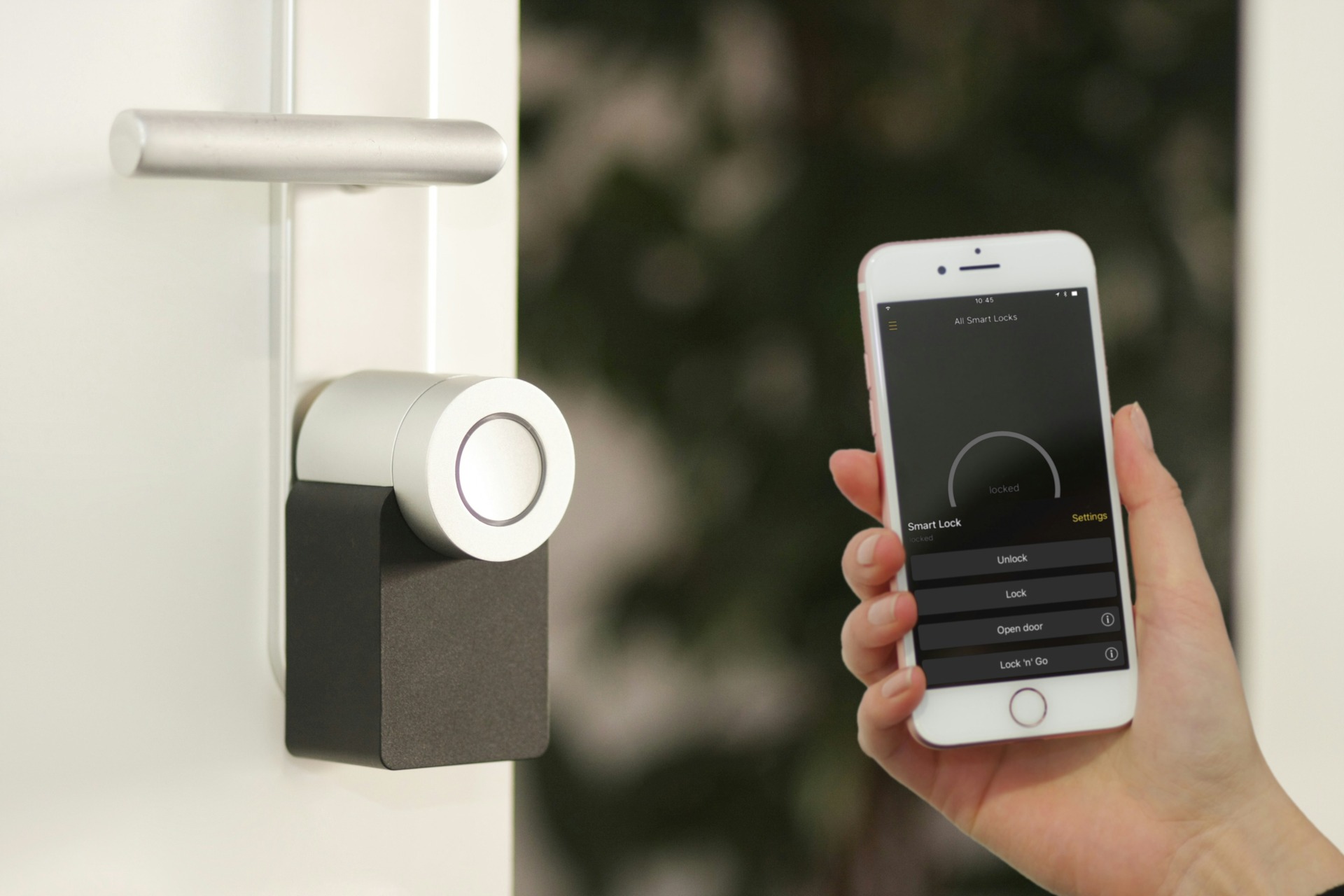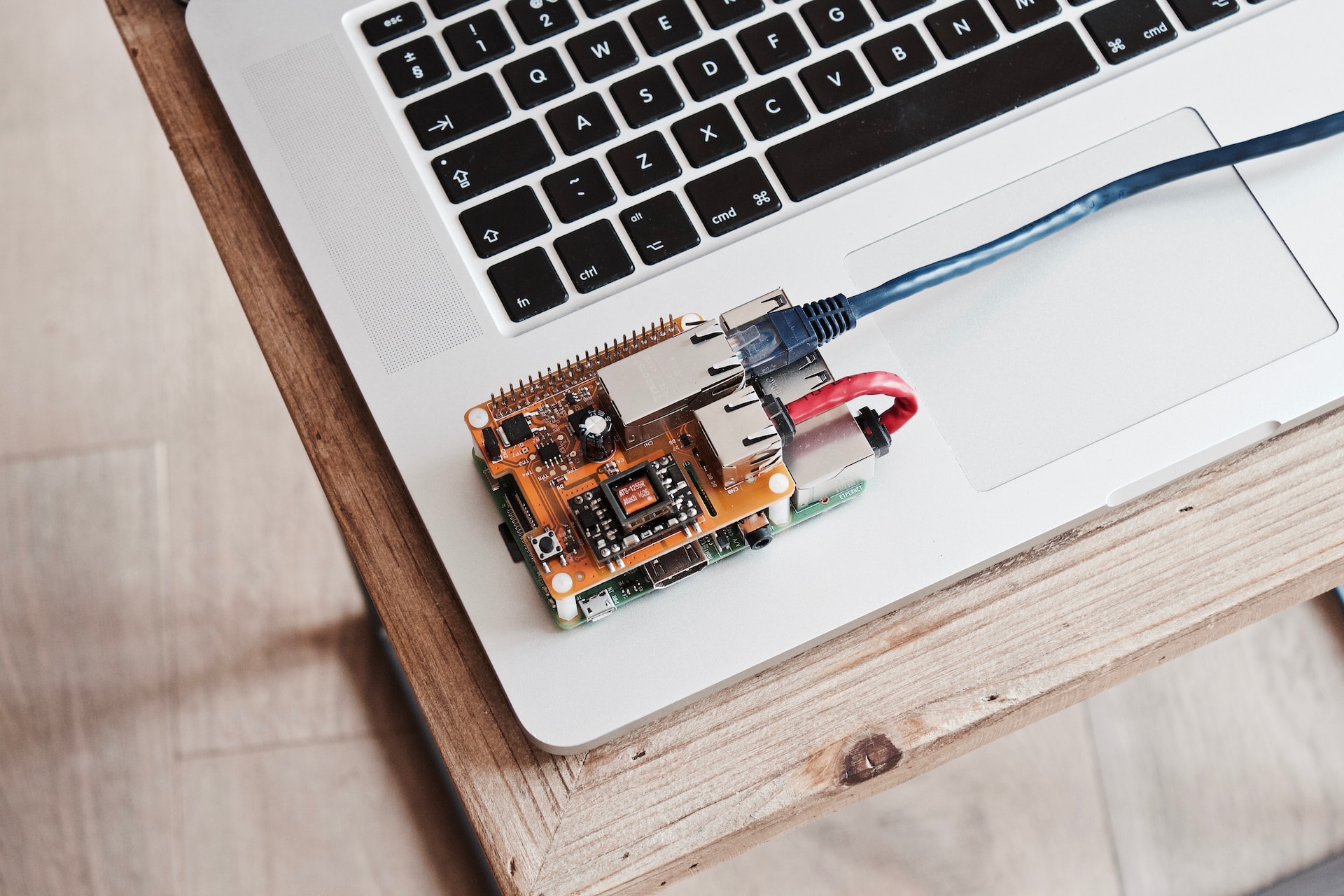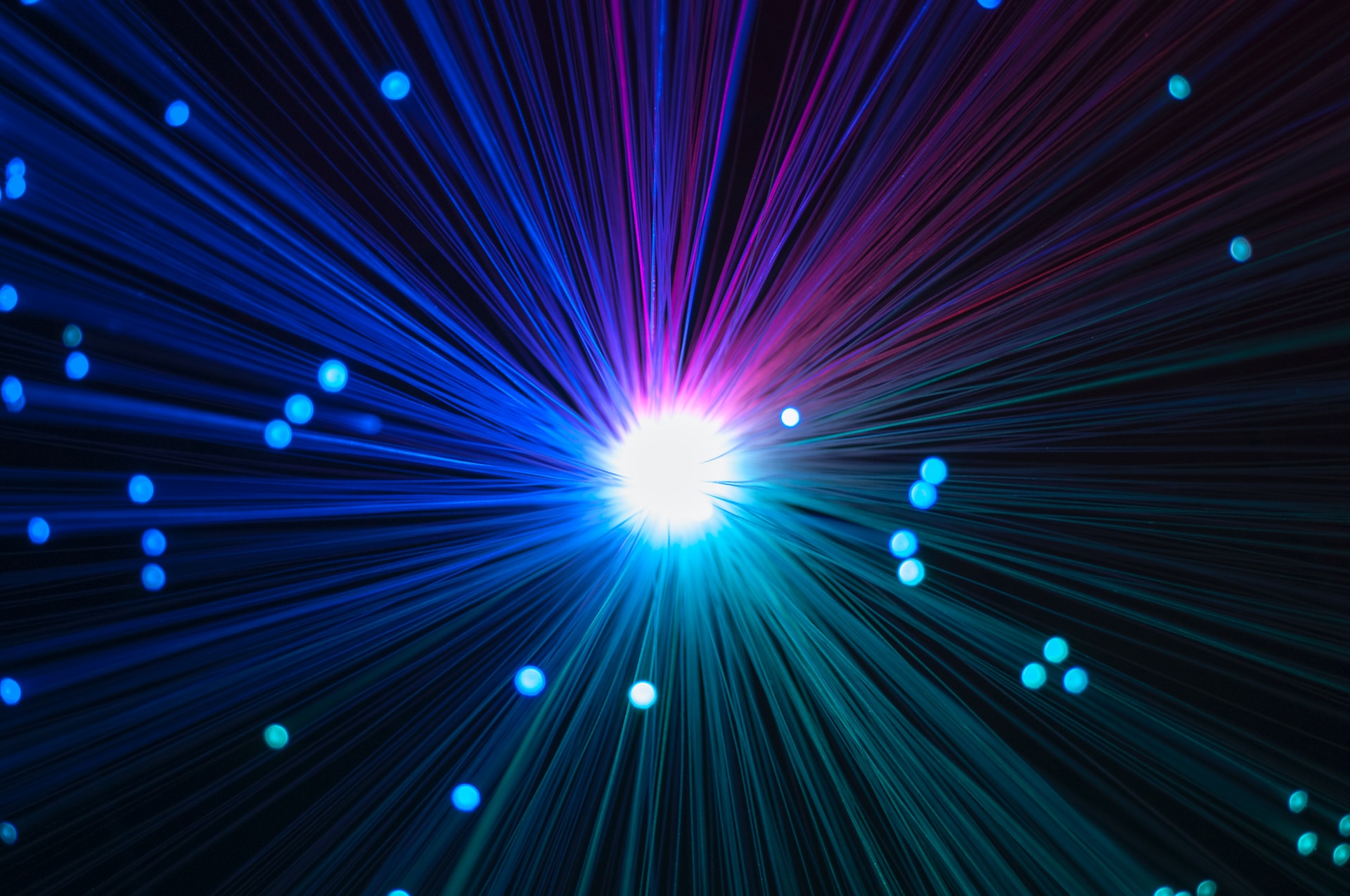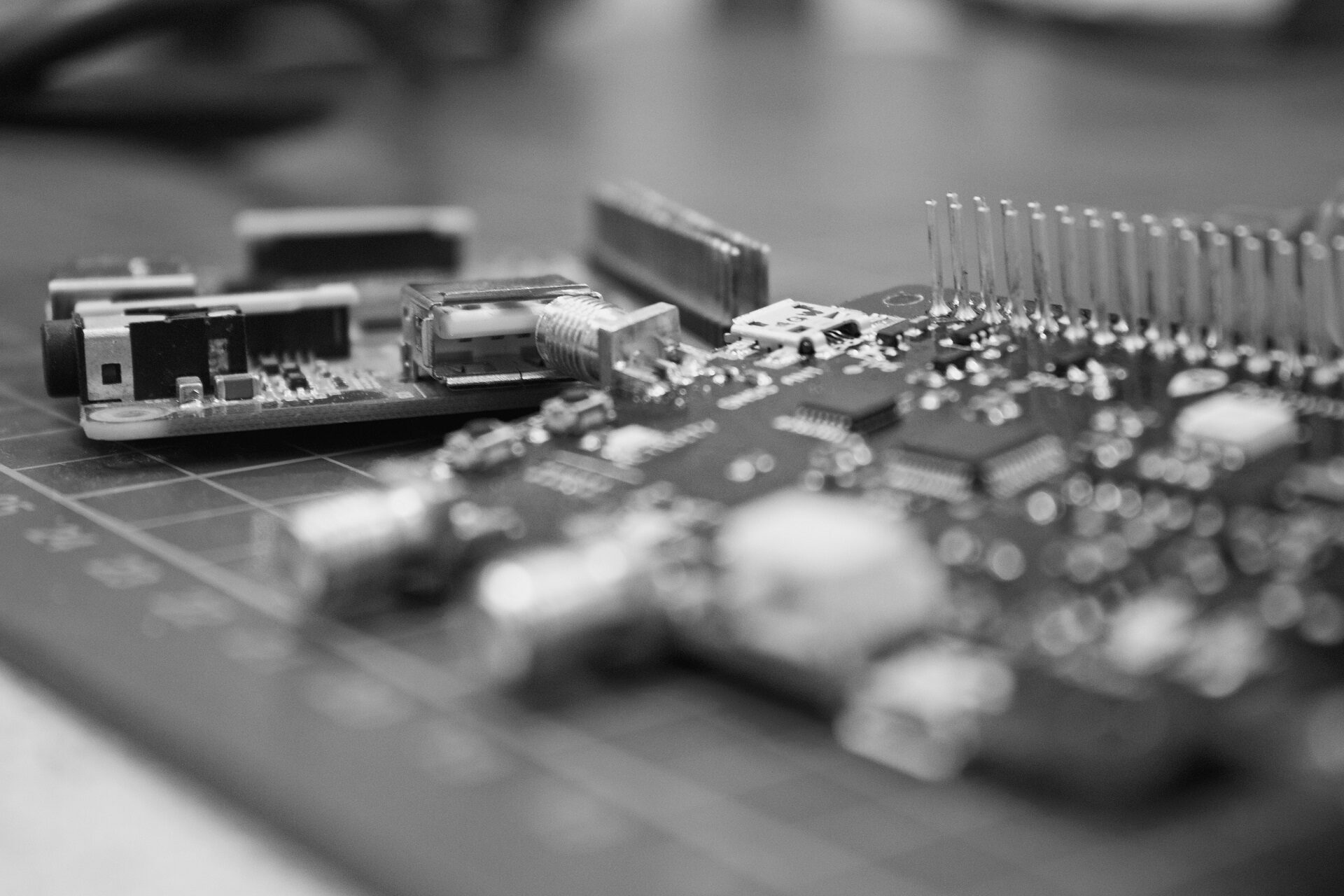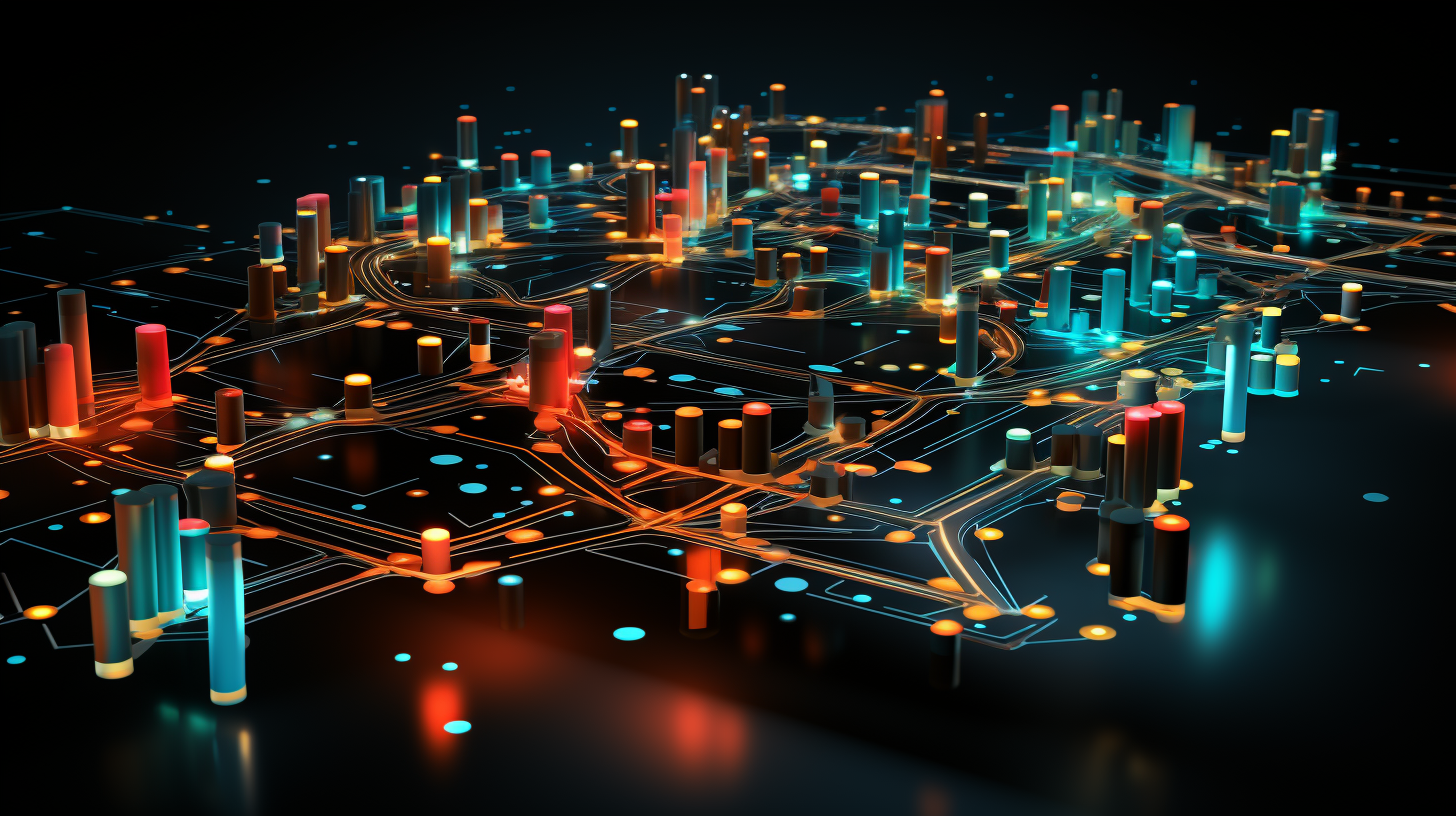
An Overview of IoT System Architecture
February 8, 2023 - Emily Newton
Revolutionized is reader-supported. When you buy through links on our site, we may earn an affiliate commision. Learn more here.
The internet of things (IoT) is rapidly changing how businesses across many industries operate. It can help organizations achieve new levels of efficiency, transparency, data analytics and convenience, but these benefits don’t come by themselves. Businesses must understand IoT system architecture to reach these networks’ full potential.
Capitalizing on the IoT is about more than just understanding how the devices themselves work. It also requires careful consideration and planning over how to structure the networks they run on and how data moves through them. As it becomes increasingly important to protect IoT devices from attack and maximize data throughput, understanding this architecture becomes more crucial. With that in mind, here’s a general overview of IoT system architecture.
IoT System Architecture Layers
Traditionally, people have approached IoT architecture in terms of three groups, namely, the perception (or device), network and application layers. However, many experts now suggest this three-layer model is too simplistic, so they’ve replaced it with a five-layer architecture. Here’s a closer look at these categories and what they entail.
1. Perception Layer
The first part of a five-layer architecture is the perception layer. This covers the physical IoT devices themselves, whether as simple as a smart motion sensor or as complex as a connected car. Whatever the specifics, this layer involves the perception of some data point, physical or digital.
While sensors, devices that gather data, are the most common example of endpoints in this layer, it also covers actuators. These are devices that act on their environment, not just record it.
2. Transport Layer
The next layer deals with transporting data between the perception layer and the later stages. As for specific technologies, this covers communications protocols and the infrastructure that supports them. This can vary widely, from Bluetooth to 5G to RFID, even within the same IoT system architecture.
Older, three-layer models combined transport with processing, but it deserves its own category because of its sheer gravity. Changes here have considerable implications for security and efficiency and require vastly different approaches. 5G networks can host roughly one million devices per square kilometer, 10 times that of 4G LTE, but travel shorter distances, so their infrastructure looks entirely different.
3. Processing Layer
Next is the processing layer, which stores and analyzes data coming in from the perception layer. This typically happens in the cloud or edge environments but can happen on end devices and on-premise data centers, too.
In many IoT systems today, this involves technologies like artificial intelligence (AI) and machine learning. However, it can be as simple as compiling IoT data in a warehouse for future analysis. Most automated processes people associate with the IoT, like real-time alerts and automatic adjustments, happen here.
4. Application Layer
The application layer is similar in that it acts on data from the perception layer. However, while the processing layer involves automation and happens behind the scenes, this section covers user-facing services. This is the point where humans interact with the IoT, covering technologies like companion apps and other remote controls.
Ideal IoT system architecture consolidates IoT data and functionality at this point. The more users can see and control from a single interface, the more helpful an IoT environment is. While the processing layer plays a critical role in preparing the data for that consolidation, the application layer is where it happens.
5. Business Layer
The business layer is the final category and covers turning IoT insights and functionality into strategic actions. Here, stakeholders use business intelligence (BI) technologies to capitalize on their IoT networks. That could be anything from reducing energy costs through smart HVAC systems or adjusting supply chain operations based on telematics data.
This is the point where the IoT delivers on its promises, so it’s a critical step, but it also depends on all the previous layers. It’s also largely a matter of culture, perhaps even more so than it is of specific technologies. Studies show that organizations with a culture centered on data-driven insights are twice as likely to exceed their business goals.
IoT System Architecture Stages
Another way to approach IoT system architecture is to divide it into technology stages. This framework emphasizes the specific devices and infrastructure in a network over the data and how it moves. Combining this view with the previous layer-focused approach may be the most helpful when designing and implementing IoT systems.
1. Devices
The first stage covers all the devices in the perception layer. All the 14.4 billion active IoT connections, whether sensors or actuators, fall under this umbrella. One of the biggest challenges businesses face in this stage is security, as these technologies often have limited built-in protections and resources, but defenses in later stages can help account for that.
2. Gateways
Next is the gateway stage, which covers data acquisition systems (DAS) that collect and pre-process data. That could entail translating analog signals into digital ones, compressing files or reformatting data to ensure it’s uniform. Sometimes, these devices are part of an IoT gadget in the device stage, but they can be standalone technologies, too.
3. The Edge
The next stage, edge or fog computing, is arguably not as critical as the others, as not every IoT system architecture uses it. Here, edge computing systems perform some processing and analysis closer to the data’s origin. While this is a fairly new and not yet widespread concept, it can help overcome common reliability and connectivity issues in IoT networks.
4. The Cloud or Data Center
The final stage covers cloud computing architecture and data centers that perform final storage and analysis. This is where the application and business layers take place and as such, carries some of the highest computing resource requirements. Endpoints and servers that host AI and BI applications fall into this category, too.
Understand Architecture to Make the Most of IoT Projects
These frameworks provide a baseline for companies looking to capitalize on the IoT. When teams understand the data flow and technologies involved in IoT system architecture, they can design the most efficient and secure networks.
While successful IoT implementation requires thoughtful consideration throughout the project lifecycle, understanding its architecture is the first step. Once teams have a well-planned architecture in place, they can make more informed security, efficiency and analytics decisions.
Revolutionized is reader-supported. When you buy through links on our site, we may earn an affiliate commision. Learn more here.
Author
Emily Newton
Emily Newton is a technology and industrial journalist and the Editor in Chief of Revolutionized. She manages the sites publishing schedule, SEO optimization and content strategy. Emily enjoys writing and researching articles about how technology is changing every industry. When she isn't working, Emily enjoys playing video games or curling up with a good book.
